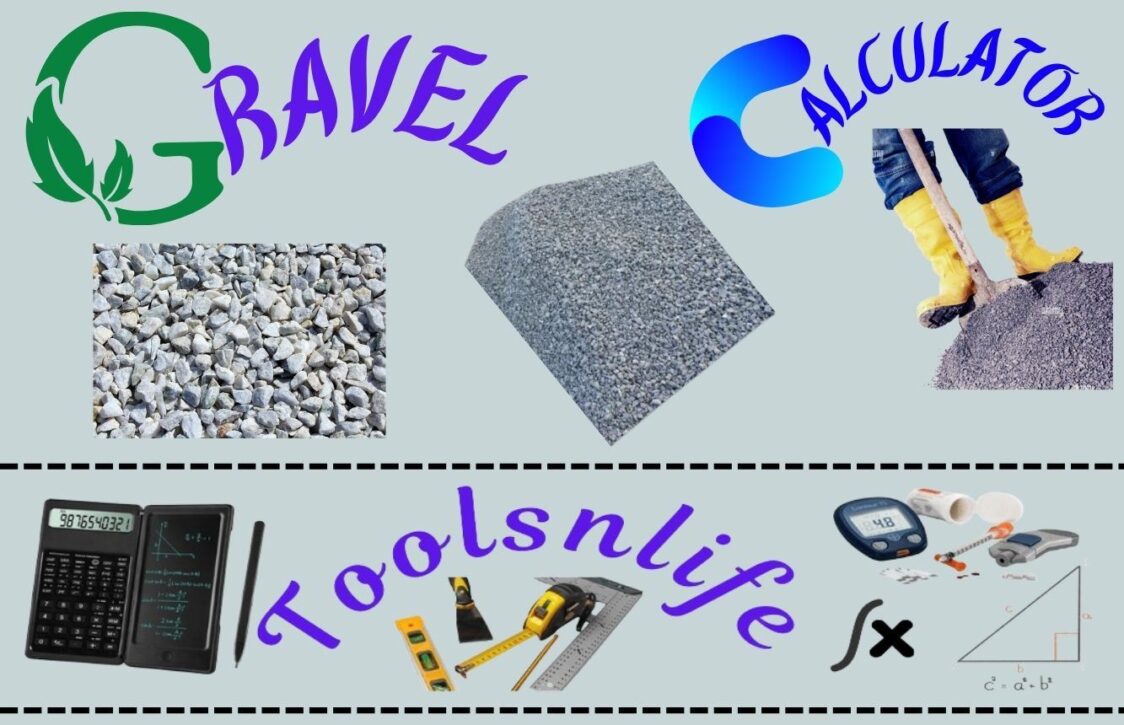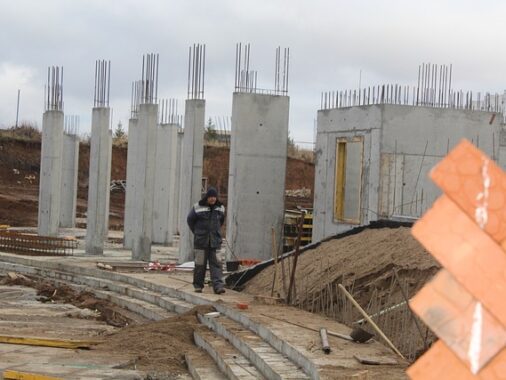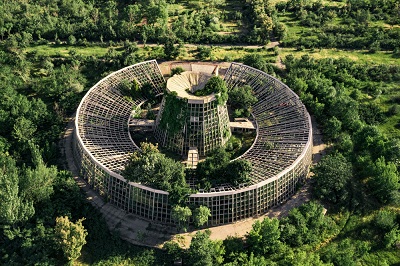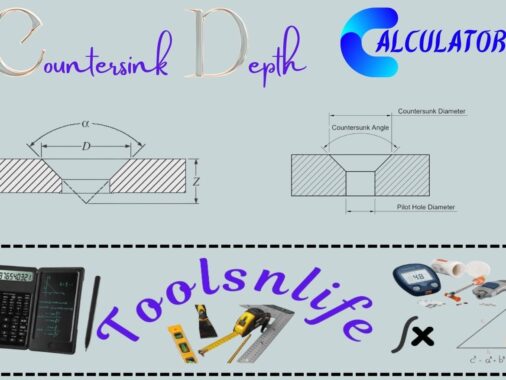Rectangular Area Gravel Shape
Round Area Gravel Shape
Gravel Stone Shape
Understanding Gravel Types and Their Applications
When planning your gravel project, it’s essential to understand the different types of gravel available and their ideal applications. The right gravel choice can significantly impact both the functionality and aesthetics of your project.
- Pea Gravel: Small, rounded stones perfect for pathways, playgrounds, and decorative landscaping. Its smooth texture makes it comfortable underfoot.
- Crushed Stone: Angular pieces that interlock well, providing excellent stability for driveways, drainage systems, and as a base for pavers.
- River Rock: Smooth, rounded stones ideal for decorative purposes, dry creek beds, and areas where water drainage is important.
- Decomposed Granite: A finely crushed material that compacts well, making it perfect for pathways and patios where a solid surface is desired.
Expert Tips for Gravel Installation
Proper installation is crucial for the longevity and effectiveness of your gravel project. Based on years of landscaping experience, here are essential tips to ensure success:
- Prepare the Base: Excavate the area to the desired depth and ensure proper grading for water drainage.
- Install Landscape Fabric: This critical step prevents weed growth while allowing water to drain through.
- Add a Base Layer: For driveways or high-traffic areas, use crushed stone as a stable base before adding your decorative gravel.
- Calculate Extra Material: Always add 10-15% to your calculated amount to account for compaction and settling over time.
- Compact Properly: Use a plate compactor for driveways or areas requiring stability to ensure the gravel settles correctly.
Common Gravel Projects and Recommended Depths
| Project Type | Recommended Depth | Best Gravel Type |
|---|---|---|
| Pathways | 2-3 inches | Pea Gravel or Decomposed Granite |
| Driveways | 4-6 inches | Crushed Stone (#57 or #411) |
| Decorative Landscaping | 1-2 inches | River Rock or Pea Gravel |
| Drainage Systems | 6-12 inches | Crushed Stone (#57) |
| Patio Base | 4 inches | Crushed Stone (#57) |
Why Accurate Gravel Calculation Matters
Precise gravel calculation isn’t just about saving money—it’s about project success. Underestimating can lead to multiple deliveries, increased costs, and project delays. Overestimating means wasted money and material disposal challenges. Our gravel calculator, developed with input from landscaping professionals, accounts for real-world factors like compaction rates and settling to give you the most accurate estimate possible.
Remember that gravel density varies by type. For example, crushed stone is typically denser than pea gravel, meaning you’ll need more volume of pea gravel to achieve the same weight. Our calculator automatically adjusts for these variations when you select different gravel types.
Frequently Asked Questions
How much extra gravel should I order?
We recommend ordering 10-15% more than your calculated amount to account for compaction, settling, and minor calculation variances. This ensures you won’t run short during installation.
Can I use the calculator for irregularly shaped areas?
Yes! For irregular shapes, divide the area into smaller rectangles or circles, calculate each section separately, then sum the results. Our calculator provides both rectangular and circular area options to accommodate various project shapes.
How often should I replenish my gravel?
Most gravel surfaces need replenishing every 2-3 years, depending on usage and weather conditions. Lighter gravels like pea gravel may need more frequent topping up than heavier crushed stone.
Ready to Start Your Gravel Project?
Now that you’ve calculated exactly how much gravel you need and understand the different types available, you’re ready to begin your project with confidence. Use our calculator results to get accurate quotes from suppliers, and don’t forget to account for delivery costs if applicable.
For best results, consult with a local landscaping professional who can provide specific advice for your region’s soil conditions and climate. They can also help with proper installation techniques to ensure your gravel surface remains beautiful and functional for years to come.
Share your results with suppliers or save them for future reference using our handy share and print functions!






